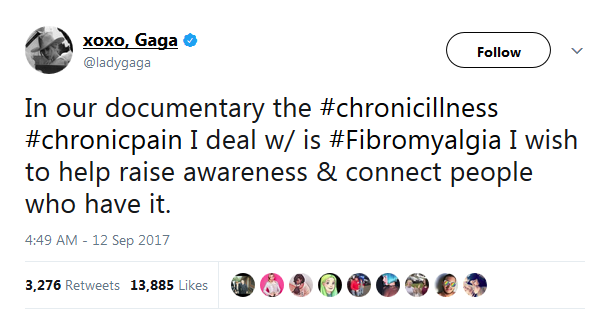Does Netflix Trivialize Pain?
/By Pat Anson, PNN Editor
Movies and TV shows have long been criticized for the way they depict women, minorities and religions -- either through sensationalism, stereotyped portrayals, or simply omission.
A new analysis of popular programs that aired on Netflix suggests that physical pain is also being ignored, trivialized, or presented in misleading ways.
Researchers in Canada and the UK looked at over a dozen movies and TV series that featured teenage characters. They found that the teens’ pain was almost always the result of violence or accidents – not common medical conditions such as migraine or menstruation. The characters often had minimal reactions to their own pain and observers had “an overwhelming lack of empathy” for them.
“If we’re not showing the types of pain that adolescents might typically experience like back pain and menstrual pain, then we’re trivializing pain. We’re not doing a great job of enabling them to think about how to manage pain, how to talk about pain and how to show empathy when other people experience pain,” said lead author Abbie Jordan, PhD, a lecturer in the Department of Psychology and Centre for Pain Research at The University of Bath.
“This research matters because if every film and television series shows a boy being a ‘tough guy’ when they experience pain and a girl as a ‘damsel in distress’ in need of saving, they might think they have to be like that in real life. This depiction reinforces old-fashioned ideas about gender and is misleading."
Jordan and her colleagues watched programs such as Sex Education, Stranger Things and Enola Holmes, and found that viewers were exposed to an average of 10 incidents of pain every hour.
The two Netflix shows with the highest number of painful incidents were Outer Banks, a series about teens searching for a hidden treasure, and Spiderman: Homecoming, a movie about a young Peter Parker facing off against a new villain.
Violence (57%) was the most likely cause of pain on the Netflix shows, followed by everyday pain such as headaches (21%) and pain stemming from injuries (20%). Chronic pain or pain resulting from medical procedures were depicted less than one percent of the time.
“‘OUTER BANKS”
Researchers say the Netflix shows often reinforced sexist and patriarchal stereotypes. Boy characters were more likely to experience pain (77%) than girls (23%), and they were also more likely to be criticized or laughed at by other characters. Boys were often portrayed as heroic figures coming to the rescue, while girls were more emotional when reacting to pain.
The plots and characters are all fictional, but researchers say adolescents watching at home are likely to mirror the behavior themselves.
“Media is one of the most powerful engines of influence on children’s development and could be harnessed to address pain and suffering in the world. Stories matter. Fictional stories can matter more in some cases than real-life stories. So, let's create stories to reflect the world we want to see: A humane, diverse, inclusive, equitable, compassionate, and caring world,” says co-author Melanie Noel, PhD, an Associate Professor of Clinical Psychology at the University of Calgary.
“I want Netflix to take this seriously and get excited and inspired to directly influence millions of children around the world. They have a monumental opportunity to influence the compassion and humanity we see in our children and our future world.”
The study findings, published in the journal PAIN, echo a previous study that showed pain was trivialized for even younger children (aged 4-6 years). That study also showed that chronic pain in childhood and adolescence was rarely portrayed in popular media.










